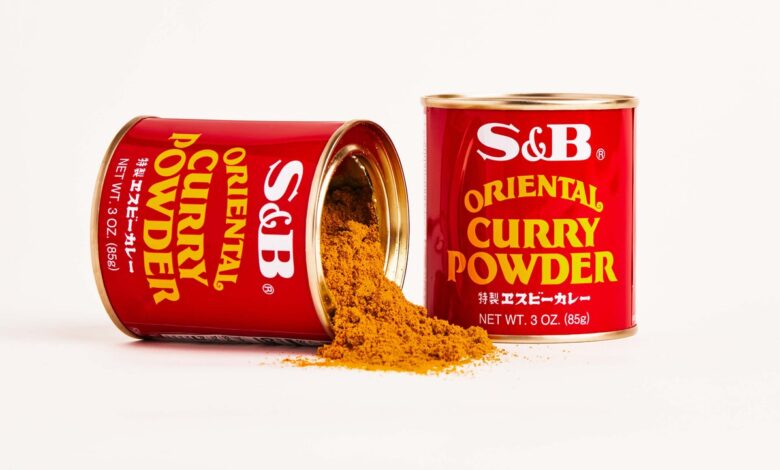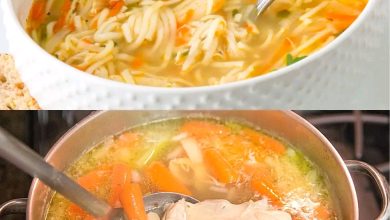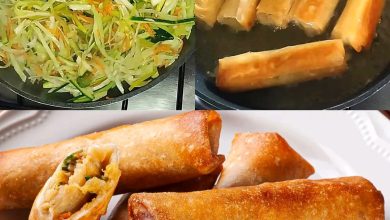
Here’s an incomplete list of some foods that most people would never attempt to make at home: Pirate’s Booty, Pringles, Japanese curry powder.
While ambitious home cooks and professionals might blend, toast, and grind their own spice mixes for various kare-flavored dishes, these homemade blends are very different from the kare-ko (Japanese curry powder) sold in stores. So different, in fact, that the store-bought kare-ko has remained a popular pantry staple for decades, cited in recipes without question or embarrassment. Much like Heinz (or Kagome if you’re Japanese), Kewpie mayonnaise, and Bull-Dog tonkatsu sauce, kare-ko is a commercial product with nostalgic appeal and too many ingredients to easily recreate.
Much has been written about the Japanese love of kare-ko and its many applications that deviate from its South Asian origins. A super-savory, not-so-hot mix of spices featuring turmeric, coriander, fenugreek, and, perhaps most prominently, cumin, kare-ko was first offered in Japanese stores at the beginning of the twentieth century.
In her essay on the origin of Japanese curry, the writer and artist Sita Kuratomi Bhaumik explores how a mix of spices known as curry found its way into so many beloved dishes, from “curried goat in the West Indies, cà ri in Vietnam, sauce au curry in France, currywurst in Germany, curry powdered coronation chicken in Britain” to kare in Japan. A stew thickened with commercial blocks of curry-flavored roux (another pantry staple), kare features, at its most basic, onions, carrots, and potatoes and is served on top of a large pile of white rice. It’s a dish so popular and ubiquitous that it’s taken on the name of the spice blend with which it’s flavored.
While this stew is perhaps the most well-known dish that showcases Japanese curry powder, it’s far from the only one. In Japan, you’ll find ramen or udon in bowls of thinner kare broth; Hokkaido soup curry, which is topped with chicken and vegetables and not thickened with roux; and even savory deep-fried buns filled with a thick kare-flavored sauce. (Known as kare pan, they’re also a popular children’s cartoon character—the Japanese love for kare runs deep.) All of these kare-flavored dishes are commonly served in Japanese diners and old-school cafés with more than a little bit of retro flair.




